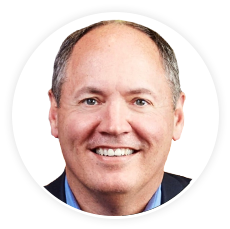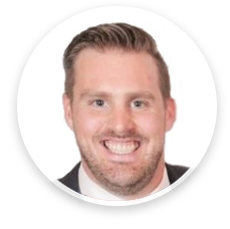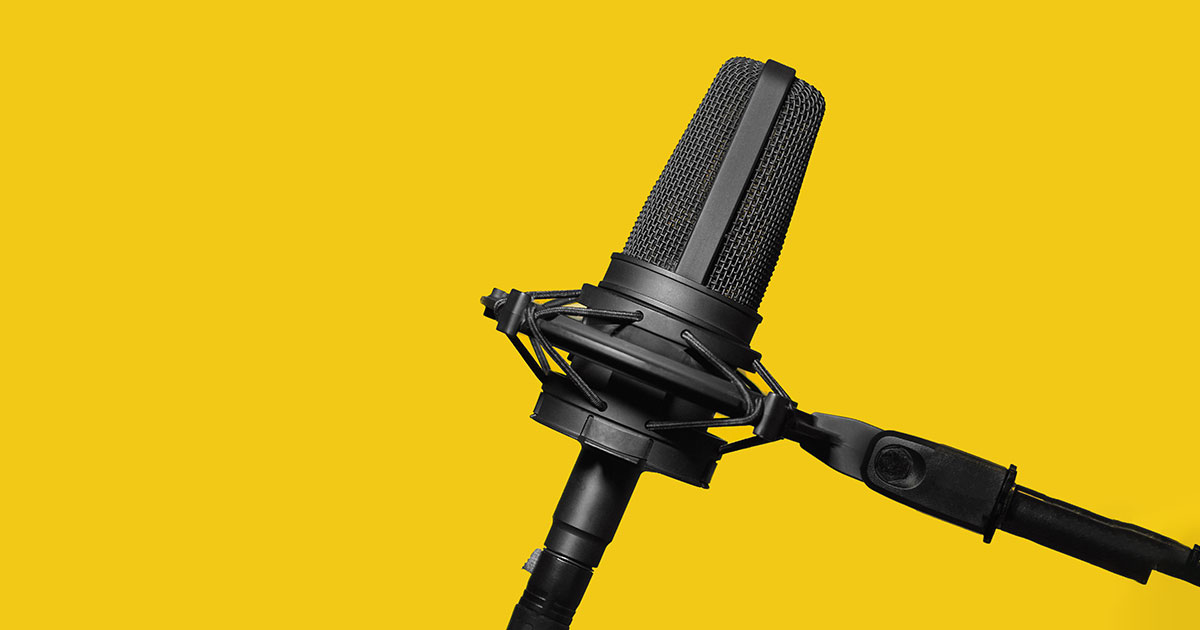There have been significant innovations and changes to how we work. That leaves room for many leaders to question how they’ve designed their organization. The C-Suite and CLOs of top companies say that this substantial change will have long-lasting repercussions. Learning and development’s (L&D) role in assisting organizations through rapid transition is crucial to achieving optimal business performance.
How can learning and development teams be effectively restructured to plan for the future? How can learning be provided to best meet the demands of changing work dynamics?
Listen to Rob Lauber, Former Chief Learning Officer, McDonald’s, Founder at XLO Global, LLC, in conversation with Nolan Hout, Vice President, Marketing at Infopro Learning, Inc, on how to structure modern L&D teams to drive change & performance in the ‘new normal.’
Listen to the Podcast to learn more:
Question:
How did you build your dream team and find the resources that worked the best?
Question:
What are your thoughts on outsourcing some L&D activities instead of doing them in-house?
Question:
What aspects did you consider when deciding which L&D solution provider to work with?
Question:
What are some of the ways CLOs or L&D leaders are variabilizing their costs?
Expert profile:

Rob Lauber, Founder at XLO Global – An industry veteran who has worked up the corporate ladder from L&D Manager and Director of Learning Services to CLO of one of the world’s most iconic brands, McDonald’s Corporation, Cingular Wireless, and Yum! Brands. He now leads XLO Global, a consultancy and advising firm focused on driving strategic value for businesses and workforce development initiatives.

Nolan Hout, Vice President of Marketing of Infopro Learning – A seasoned marketing expert with extensive experience in all aspects of marketing, including strategy, digital marketing, and more. He spends most of his time in the L&D industry conducting marketing research to identify the most critical challenges. He leverages this data to create cutting-edge learning solutions that boost business performance and ROI.
An excerpt of the discussion follows:
Nolan: Hello, Welcome to the podcast!
Today we’ll discuss a trendy topic amongst leaders in learning and development (L&D),’ How to Reimagine the Structure of Your L&D Organization and the New Normal.’
Rob Lauber is joining me today to help us answer some pressing questions about L&D team structuring. Rob has over 30 years of experience leading organizations, including some of the largest companies we know from Cingular Wireless, Yum! Brands, and McDonald’s. He currently consults organizations on how to better structure and run their L&D departments.
We’ll jump right into it.
Working at nearly three distinct businesses or in three different industries, I felt you would have great expertise to help us tackle this problem of how we structure our L&D organization?
There is no silver bullet here, and there is no one way to do it, especially with the new normal. A lot of people are grappling to get with that. So, to begin with, I’ll ask a very basic question.
Does L&D structure rely on the size or type of the business? What are your initial thoughts when it comes to structuring L&D?
Rob: It’s an interesting question because we had three different approaches to structuring and running our business across the three different companies you mentioned. The key theme for how each of them ended up being structured was considering how the overall business operates.
From a centralized or decentralized model, thinking about how the L&D organization best matches how the rest of the business operates? And how to structure and put proper resources to enable a business to operate at its peak with an L&D organization that syncs with the organization’s objectives.
Rob shared an interesting scenario of the intersection of centralization, decentralization, globalization, and bringing everybody on the same page when businesses run in multiple geographies. Listening to the podcast will help you get these intriguing insights.
Nolan: How did you build your dream team and find the resources that worked the best?
Rob: I always compartmentalized the learning and development operations model against three buckets.
Business Model
There is a business plan in place, but how is it financed? Moreover, how is it structured? And how do you stay on top of things like budgeting, planning, resource allocation, and executive visibility? It all comes down to how you run and what L&D looks like from an operational standpoint, which is the whole business model bucket.
Infrastructure
Infrastructure is everything about ALL THINGS DELIVERY, for instance, trainers. Where did they fit in? Who did they work for? What is the technology utilization model for trainers?
At McDonald’s, we had a centralized approach to our learning technology stack that we could apply globally. Now, the challenge is how we might assemble a geographically scattered team solely devoted to determining and executing this. The most excellent part is that the team is reporting together and working as a team to accomplish things.
Instructional Design (ID) and Content
From an instructional design and content development perspective, the main focus is on how it gets produced? How does it get prioritized? How do we know what we’re supposed to be working on?
We used to have an instructional design kind of shop combining internal and external resources, specifically built to help us build on-demand and scale when we needed to move things into that infrastructure to deliver them.
Nolan: What patterns have you observed regarding how L&D leaders geographically distribute their teams? Are they expanding in size?
Rob: I see the spectrum, and the organization’s culture drives it. For instance, an organization has been delivering professional services remotely for an extended period. While working with IBM in the early 2000s, I discovered that some individuals had never seen their bosses. Geography didn’t matter; the only focus was on the performance and deliverables.
My bias has always been from an L&D perspective that when you have those points of contact with stakeholders, there is proximity to them and where they are; it’s perfect for relationship building. It’s good to stay in touch with what’s going on. It’s good to be around them daily because you forge a deeper relationship with the stakeholders this way rather than from a transactional Zoom or Teams call.
That would make sure that the relationship is really solid. With such proximity, we can understand how well we serve the stakeholders, the good or the bad. This will help understand the direction in which the stakeholders are going, and L&D leaders can anticipate and plan accordingly. Therefore, stakeholder connection is super important.
Rob delved deeper into the topic and gave his opinion from a design and development standpoint. He shared some insightful observations based on his professional experience. Listen to the podcast for more information.
Nolan: What are your thoughts on outsourcing some L&D activities instead of doing them in-house?
Rob: From a design perspective, my overall attitude has always been two-dimensional. One is that the in-house designers needed to understand the problem they were trying to solve or the business they are supporting.
These designers are more like architects and lead the eLearning design work with their clients to build the blueprint, just like building the house of learning. I was never interested in where the other roles were. In my opinion, that kind of mindset model works well in the eLearning and development perspective.
When we think about curriculum design, it has many advantages. It unshackles the thinking. For instance, if I hire a team of eLearning designers and say we need to solve a problem, I can bet I’m going to get an eLearning course when something else might be a better solution or it might be an opportunity for innovation.
So, for a long time in my model, I called my lead designers learning architects in several places. Then turned around based on what we thought the design could be or might be—or leveraging those third parties to help us innovate on design ideas and take things to the next level. And I think this infuses fresh thinking and brings genuine feedback and input about what’s possible.
The fact is, as we get closer to a problem, sometimes we have a more challenging time seeing what the obvious answer is. It worked perfectly for me across all three companies I worked with this as a methodology.
Rob’s in-depth conversation with Nolan uncovered more of his insightful perspectives on promoting change and performance for a global business by organizing and rebuilding the L&D teams. He answered a couple more questions during the episode.
- When hiring a third-party organization, do you seek a best-of-breed solution or a full-service provider who can do everything to fulfill L&D needs?
- What aspects did you consider when deciding which L&D solution provider to work with?
- Does the selection and structuring of team factors remain the same in the post-pandemic era, or have companies adopted any new trends?
- What do you think about the variabilizing cost of matching supply and demand? Could you expand on the concept of variabilizing costs?
- What are some of the ways CLOs or L&D leaders are variabilizing their costs?
Also check our latest podcast on “How do you manage L&D Budget for a billion-dollar organization” featuring Rob Lauber.



